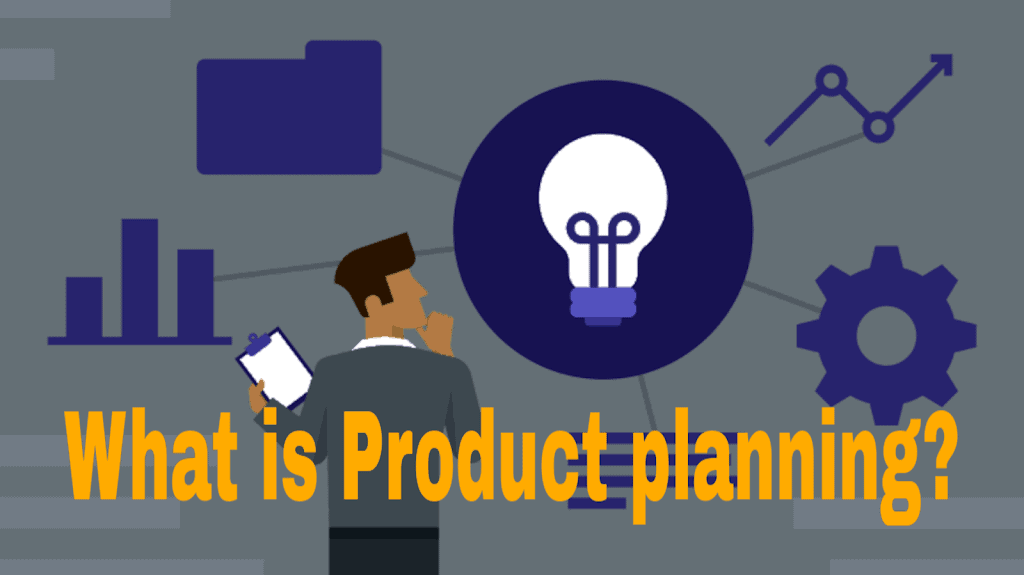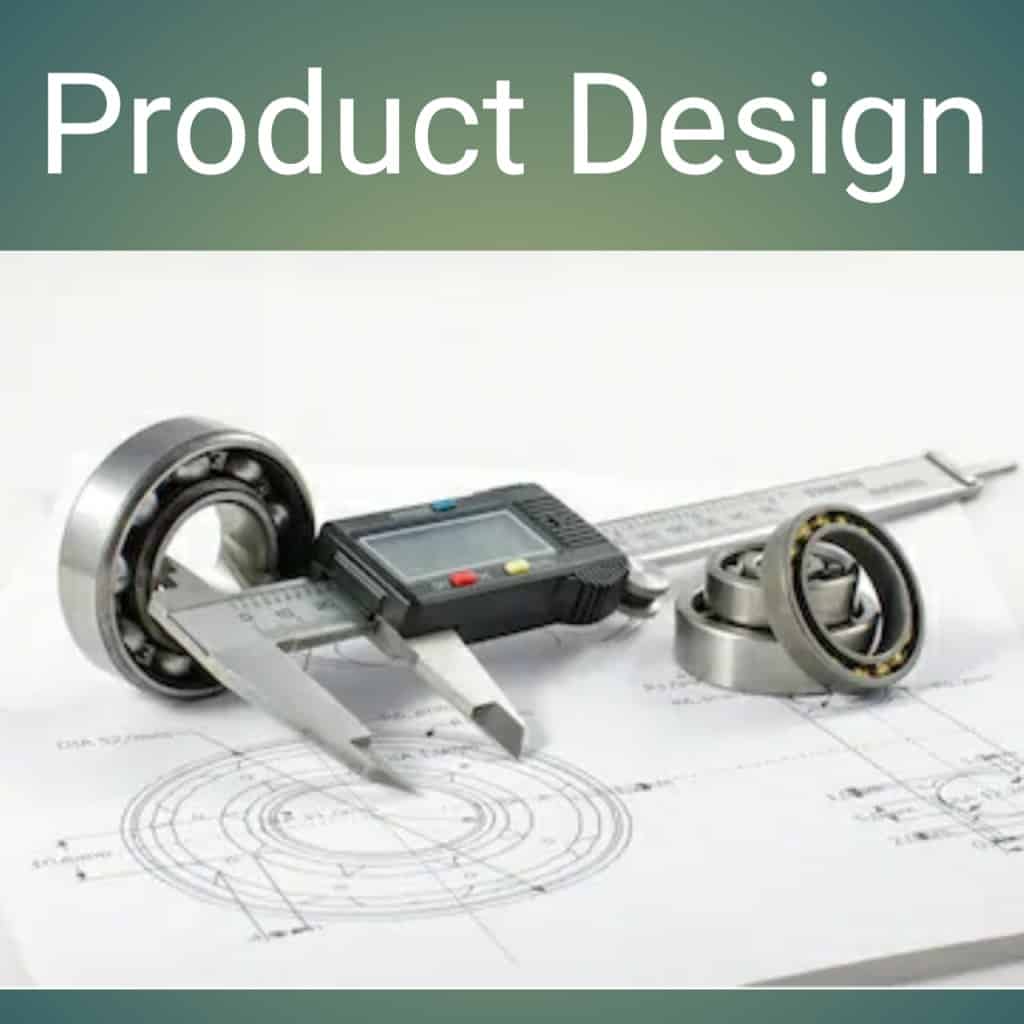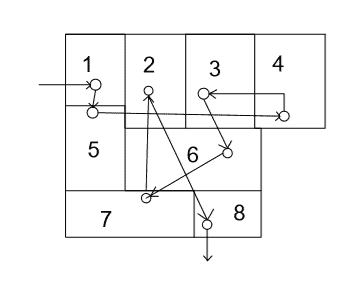1. Define the product concept
Define the concept is the most important step in your planning process that pivots and defines the product you are trying to build. Write this stage and ensure your idea for the product is effective and realistic. Another part of the product concept is making sure you have unshakable knowledge of the upcoming problems based on your strong understanding of the solutions needed.
2. Market research
A small company should consider doing marketing research before planning a new product. Market researchers use quantitative and qualitative research to gain a better and more complete perspective about a market potential or possibility.
Qualitative researchers target to collect an in-depth understanding of human behaviour and the reasons that govern such behaviour. The methods of qualitative research can be departed into observation and focus groups. The focus groups allowed companies to ask their consumers about their likes and dislike about a product in a small group.
Qualitative research involves thinking and analysis that are non-numerical in nature, which includes questions of “how” and “what”. Qualitative research is suited to solve the problem areas of basic market exploratory studies, product development and diagnostic studies.
Quantitative research refers to the systematic experiential investigation of social phenomena via statistical, mathematical or numerical data or computational techniques. The objective of quantitative research is to develop and employ mathematical models, theories and hypotheses concern with fact.
Quantitative research is about understanding aspects of a market or what kinds of customers making up the market. And it can be split into soft and hard parts. The soft part means phenomena like customer behaviour and the hard part is market size, brand shares, etc.
3. Plan your product testing process
If the results of the surveys prove favourable, the company may decide to launch the new product on a small scale or regional basis. During this time, the company will distribute the products in one or more cities. The company will run advertisements and sales promotions to spread awareness of the product, tracking sales results to determine the products potential success.
4. Product life cycle
Product planning must also include managing the product through several stages of its product life cycle. These stages include the introduction stage, growth stage, maturity stage and decline stage. The product life cycle can be viewed as an important source of investment choice for the company. If a company wants to make sure that it’s products are going to successful, it needs to study the product life cycle to analyze market attractiveness and supplement the conclusion before launch a new product or enters into a new market.
The first stage is Introduction which means it is time for a company or brand to launch and promote its new products. Sales are usually strong during the growth phase, while competition is low. In the introduction stage company want to attract customer’s attention as much as possible and confirm the product’s initial distribution, the company does not need to worry about the competition generally as the products are new.
In the Growth stage, the new products have been accepted in the market and their sales and profits have just begun to increase, the competition has happened so that the company will promote their quality to stay competitive. There will have second communication as the manufacturer can start to receive consumer’s feedback and then make improvements.
The third is the maturity stage where the sales and profit have grown slowly and will reach their peak. The firm will face tremendous competition in terms of creating high-quality products.
The last is the Decline stage where the product is going to end and will be discontinued. The sales of the product will reduce until it is no longer in demand as it has become saturated, customers who want to buy this product has already got that. Then the company or brand will stop making the old products and pays attention to designing and developing the new products to gain back the customer base, stay in the markets.
Elements of product planning
Product planning include-
- Marketing and Market analysis.
- The performance of feasibility studies.
- Advanced product planning.
1.Marketing and Market analysis
The prospect of marketing depending upon the nature of the product. If the product doesn’t have technical specifications, the product is simple, marketing function may not be required direct engineering involvement.
If the product is complex the marketing effort involves a team approach, constituting the nontechnical sales with engineers in a role to support salespeople and answering customer’s questions about characteristics, features, maintenance required, etc.
After the completion of product planning, it is necessary to determine whatever the technology currently exists will satisfy the need or not.
In this case, technology refers to techniques required for achieving a practical goal. And this is basically accomplished through technology review and technological forecasting, which means, what is the market trend and what will likely available in the future, etc.
producer of the prospective system will complete a preliminary analysis of the market potential and market share.
2. Performance of feasibility studies
The performance of the feasibility study is to extend the preliminary market analysis with the intent of arriving at a preferred system configuration that the producer is willing to propose in a response to an identified need.
The feasibility study includes-
- A detailed requirement analysis.
- Identification of alternative configurations.
- Screening and evaluation of available alternatives. And,
- Selection of preferred approach.
The output of the study constitutes a proposal covering the technical characteristics of the preferred system configuration. This information, combined with advanced planning data is reviewed to determine whether the manufacturer proceeds further or not.
The feasibility study comprises another important step in the decision- making process, thus influencing further product activities, especially in the case of large scale systems.
system operational concept consists of the following information-
- Identification of the ultimate mission of the system.
- Determination of the size, weight, accuracy, capacity, rate of output, etc characteristics of the system.
- Identification of quantity of equipment, employees, facilities etc.
- Determine the time needed to complete the process or how many hours per day, operation cycle per month, etc.
- Anticipate how efficiently the production system will perform, the effectiveness of the logistics support, the time between two consecutive maintenance, maintenance downtime, failure rate, etc.
- Details of the environmental condition at which the system expected to operate. (eg: temperature, humidity, mountain or flat terrain, etc).
System maintenance concept –
- The system maintenance concepts determine how the maintenance support will be there throughout the product life cycle, repair policy, maintenance manpower required, time and cost needed, etc.
- It provides the basis to establish the requirement for total logistic support. Give an assumed design configuration of the main functional equipment, it is then necessary to consider how it should be supported. The maintenance concept is completed by logistic analysis, which leads to the identification of maintenance tasks, frequency of the tasks, skill level of the maintenance worker, facilities and data, etc.
- The level of maintenance includes- organizational maintenance, intermediate maintenance and depot maintenance.
- Organizational maintenance is performed at the operational site. Maintainance at this level limited to a periodic check of the equipment’s performance, cleaning of equipment, visual inspection, repair if needed, replace some old components with new ones, etc.
- Intermediate maintenance is performed in mobile or semi-mobile organizations at the customer’s locations. At this level item, is removed or replaced. Intermediate maintenance workers are more skilled and better than those at the organisational maintenance, and they are responsible for performing more effective and detailed maintenance.
- Depot maintenance is the highest type of maintenance and supports the accomplishment of tasks above and beyond the capabilities of the Intermediate maintenance level. Deport maintenance is a specialized system, used for maintenance of complex and bulky equipment, large spares, environmental control provision, etc.
Results of the feasibility study will be presented to the management and information should include- Details about functional features and physical characteristics of the system and a description of support and maintenance requirements.






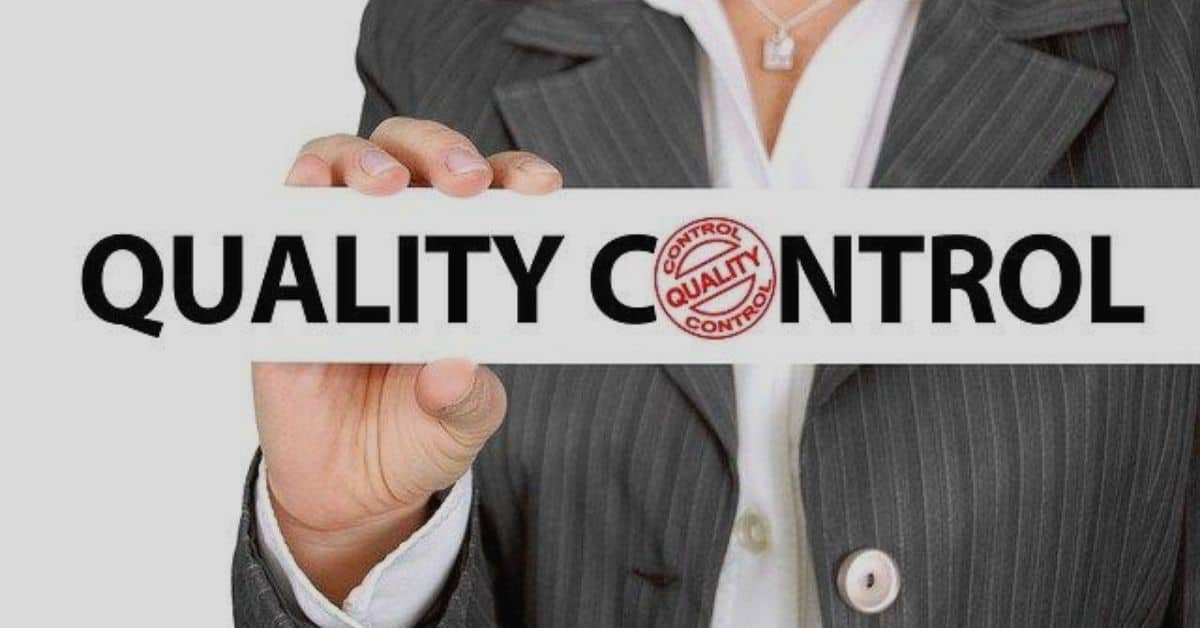
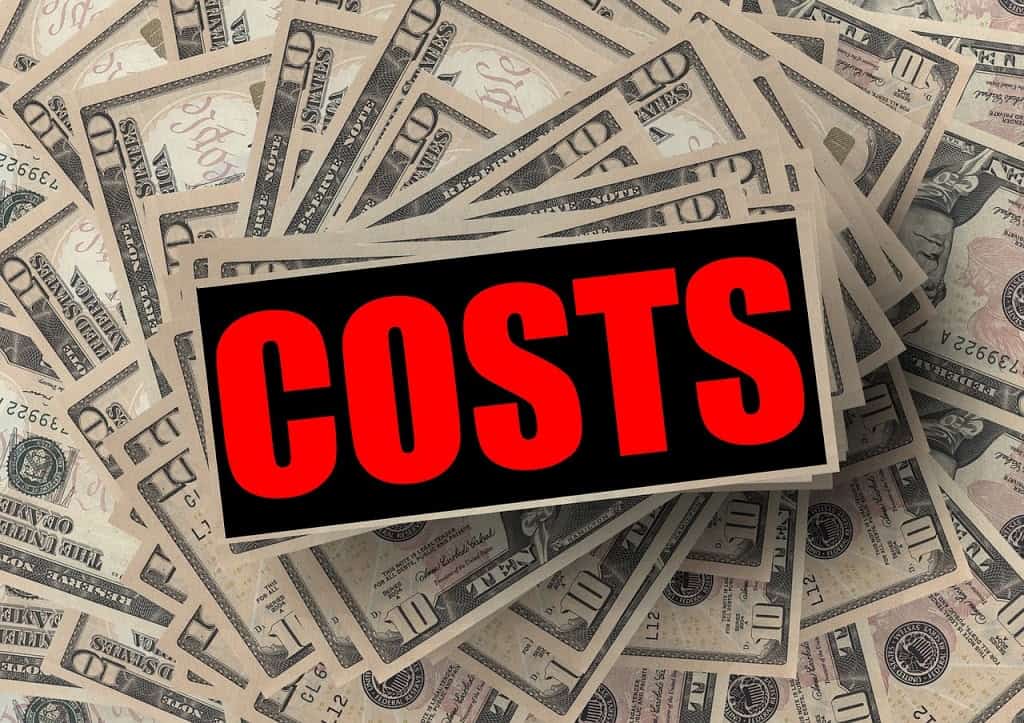
![What is Production planning and Control ? [Simply explained], 8 Functions of production planning and control.](https://educationleaves.com/wp-content/uploads/2020/06/What-2Bis-2BProduction-2Bplanning-2Band-2Bcontrol_.png)
